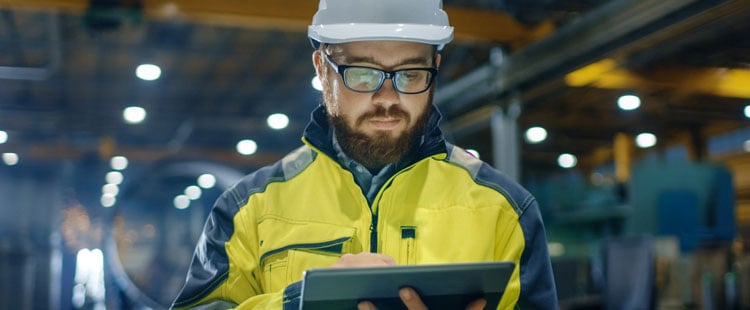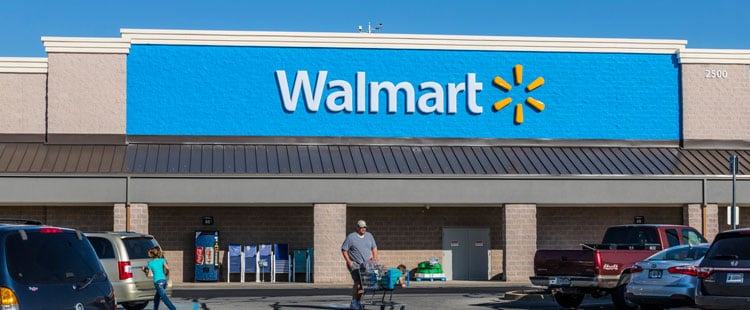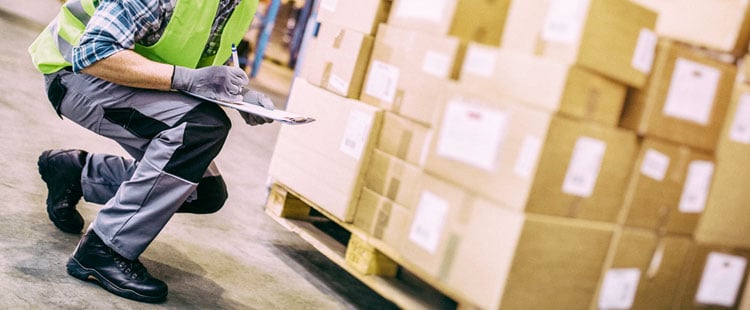
There’s an emerging trend in Customs brokerage and it could be your new secret weapon.
In addition to freight forwarding, some Customs brokerage companies are beginning to offer warehousing services called “Third-Party Logistics” (3PL).
A 3PL partnership works best when you treat it as a component of your supply chain and not as additional storage space. The 3PL system is designed to move freight like a restaurant turns tables, and if you’ve ever worked a summer job as a server, you know how well that system works. But that’s not the only reason more companies are choosing 3PL.
Big Box Compliance
Big box stores, like Walmart and Target, have a book called a “routing guide for retailers” or a similarly titled handbook.
The book includes compliance rules that must be followed, or they will apply a fine to your invoice and withhold whatever amount you owe. Depending on the store, the guide may be 30 or 50 pages long, and your bottom line depends on not skipping a single rule.

There’s no shortage of fines in the routing guide: you have to use a certain carrier and the right kind of pallets; boxes must be certain dimensions; and labels have to be printed in the proper format and displayed in a specific place.
If your business is a startup running out of your own warehouse without a best-of-breed shipping system implemented, you’re going to struggle with a lot of these regulations. Take the labels, for example; they’re called UCC128 labels, designed in a format to include specific information that varies between the different box stores.
Any missteps will be realized in your revenue.
The expectations are precise and non-negotiable. If you run into any production problems that make it likely you’ll miss a purchase order window, you’ll lose less money expediting a shipment than paying the penalty for missing the timeline.
Using a 3PL will help you avoid these penalties. Not only are they familiar with the detailed routing guide specifications required by big box stores, but they also have the logistics infrastructure to make turnarounds quickly to avoid additional delays once your shipment arrives state-side.
Not to mention, they also have the supplies on hand to meet additional packaging requirements. If your 3PL is also your freight forwarder and customs broker, you have the added leverage of an all-encompassing system to support your supply chain. From point A to point B, you can expect the same standard for compliance.
Warehouse Costs
Owning your own warehouse is a variable cost. If you have 50,000 square feet of space but only need 30,000 square feet, you’re paying for 20,000 feet of wasted space. Running a warehouse is also expensive: you have to staff it, including providing security; it needs to be insured; and most leases pass on the cost of property taxes and utilities to the tenant, so you can expect to pay those costs as well.
With a 3PL, warehousing becomes a fixed cost that’s priced against your actual footprint (plus whatever additional services your product might require). You’ll pay for only the space you use, and you won’t have the overhead costs of maintaining the warehouse space itself. This scenario only improves as you scale.
Scalability

If you’re a company with your own warehouse, you’re either going to have too much space or too little. Neither scenario is a good problem to have.
A 3PL solution gives you some flexibility. Think of it as cloud storage. If you need more space, you pay a little more. If you need less space, you pay a little less. There’s room for fluctuation and it’s easy and cost-effective to scale either up or down.
This is especially useful for growing companies. As you sign more customers and increase the amount of freight you’re shipping, a 3PL can accommodate your inventory (or you can easily find one that can).
Improved Coverage Area
Like it or not, it’s Amazon’s world and we’re just living in it.
Consumers expect free two-day shipping. To keep you competitive, 3PLs provide access to multiple distribution centers located around the country, usually in major cities like Los Angeles and Atlanta. If your customers are located all over the country, you can use 3PLs with multiple locations, some with bi-coastal options, to increase your reach with speedy service.
If you’re relying on your own warehouse, trying to compete with Amazon’s shipping policies will start to eat into your margins or drive up your prices. If you’re located in Los Angeles but ship to a lot of customers in Maine, they’ll be waiting at least a week to get their order by ground shipping. Or you can pay to ship by air, which will eat into your profit margins. Either way, you’re adding a number of costs to your process that can easily be avoided using a 3PL located in the right place.
Access to Warehouse Management Systems
Most 3PLs use a best-of-breed warehouse management system (WMS), and customers are given access to it.
WMS is software that allows warehouses to maintain inventory and clear shipments while capturing data on tracking goods moving in and out of the warehouse.
Customers are able to interface with the WMS through a web portal. Account data is updated as often as every fifteen seconds in some solutions. Systems like this are usually cost prohibitive for smaller companies, though the visibility and insights into the warehouse leg of your supply chain are unparalleled.
Third Party Logistics provide a solution to wasting money on warehouses that work against you instead of with you. They help turn your supply chain into a nimble one, allowing you to grow quickly, helping you adapt to shifting demands in the market, and protecting you against costly fines.



